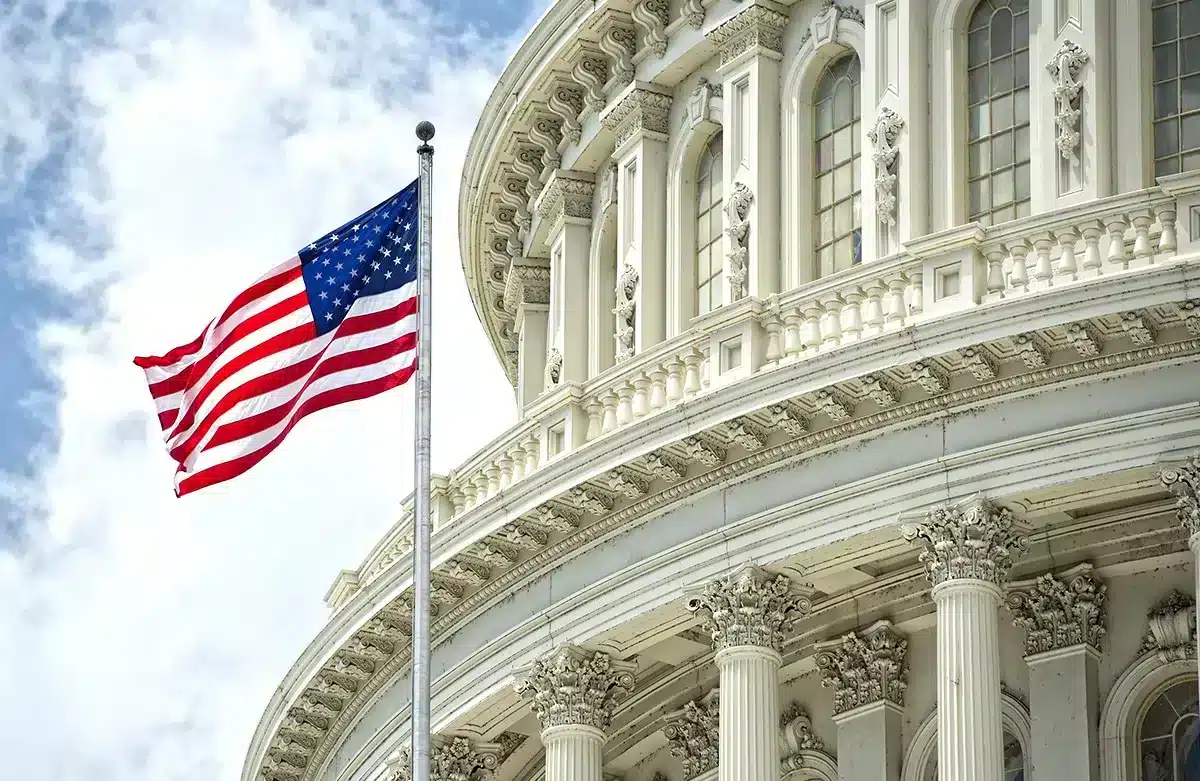
Update August 18, 2022: The original proposal mentioned in this article failed to pass, but the ITC has still been extended for another 10 years under the Inflation Reduction Act! Get the updated details here.
Back in 2019, we reported that the Investment Tax Credit (ITC) was going to begin its step-down process to 0% for residential solar installs and 10% for commercial projects in January 2020.
While this process went ahead as planned, and the once 30% credit dropped to 26% at the beginning of last year, there have since been changes made by congress as part of its $2 trillion federal spending package and COVID-relief bill to extend it beyond what had previously been decided. In this article, we’ll be outlining the changes made to the solar ITC and how you can make the most of this extension.
What Changed with the Investment Tax Credit
Originally, there was the Section 48 Solar Investment Tax Credit and the Section 25D residential solar energy credit available to businesses and homeowners respectively. Up to 2019, these credits constituted a 30% deduction on the cost of purchasing solar from the buyer’s taxes and were set to expire in 2016. They were later extended to 2020 where they were to begin a gradual drop-down to 0% for residential installs and 10% for commercial installs by 2022.
This change was intended to decrease slowly over the next two years, dropping to 26% in 2020, 22% in 2021, and finally to a permanent 0% for residential projects and 10% for commercial installs by 2022.
Once COVID-19 hit, however, it was clear that something needed to be done to further help the people and businesses hit by the pandemic. Within December 2020’s COVID-19 legislation passed by congress, was a 2-year extension to the ITC, making the step-down process as follows:
- 26% for projects that begin construction in 2021 and 2022
- 22% percent for projects that begin construction in 2023
- After 2023, the residential credit drops to 0% while the commercial credit drops to a permanent 10% (SEIA)
While this was already an incredible win for the solar industry, it got even better on March 31st when President Biden announced the American Jobs Plan, extending the solar ITC for a whopping 10 years. Currently, the credit rates will continue to decrease throughout this new 10 year period but it isn’t yet known at what rate.
How the ITC Extension Can Help your Business
While this extension is a huge win for the renewable energy industry, there was always the ability to use the ITC step-down as a means to get the homeowner to close the deal sooner rather than later due to the sense of urgency created by the vanishing credit.
That said, the original plans for the credit to decrease to zero added a lot of stress to the solar industry and solar installers, which is something that solar companies will no longer have to worry as much about for many years to come.
Solar companies no longer need to rush to make sure that their client’s solar systems are being completed/installed in time to make a deadline, and solar sales can go at a slower pace when needed, especially since homeowners are more frugal than ever during the ongoing pandemic.
How to Make the Most of the ITC extension
Now that solar installers have an additional ten years with the Investment Tax Credit available to homeowners, there is more breathing room for lead generation, solar sales, and solar installations. Take this extra time to come up with a new business plan and strategy to nab the sales you may have otherwise lost under the previous rules.
Remember, during a pandemic, getting solar panels is likely not the number one item on a homeowner’s to-do list, especially when money is tight for many Americans. Use this to your advantage and put in place a system to help your leads understand their savings under the new ITC rules, and explain that under this new legislation, there’s really no better time to go solar than under our current government.
At the same time, you can still use the investment tax credit to create a sense of urgency with the homeowner since it isn’t currently known what the new ITC step-down will look like. Using a solar proposal software like Solargraf will not only help you with your system designs but will also illustrate the savings that come with the ITC right on the quote, and our software platform will stay updated with the new rules of the step-down as they are announced by the White House.
You can also use it to create and send solar proposals to leads you may have otherwise lost if the step-down had gone as planned, and you’ll be able to better manage and hold on to the homeowners who may want to wait until after the worst of the pandemic is over to move forward with their solar projects and large purchases.
In Closing
The Investment Tax Credit extension has been something that big players in the solar industry have been pushing since the initial step-down was announced in 2016. With the proper planning coupled with a solar proposal software that will help illustrate the homeowner’s cost savings and credits in an easy-to-understand and fully-customizable layout, taking advantage of the ITC extension will be the easiest part of the last year.



 United States
United States Germany/Austria
Germany/Austria Brazil
Brazil Netherlands
Netherlands Japan
Japan